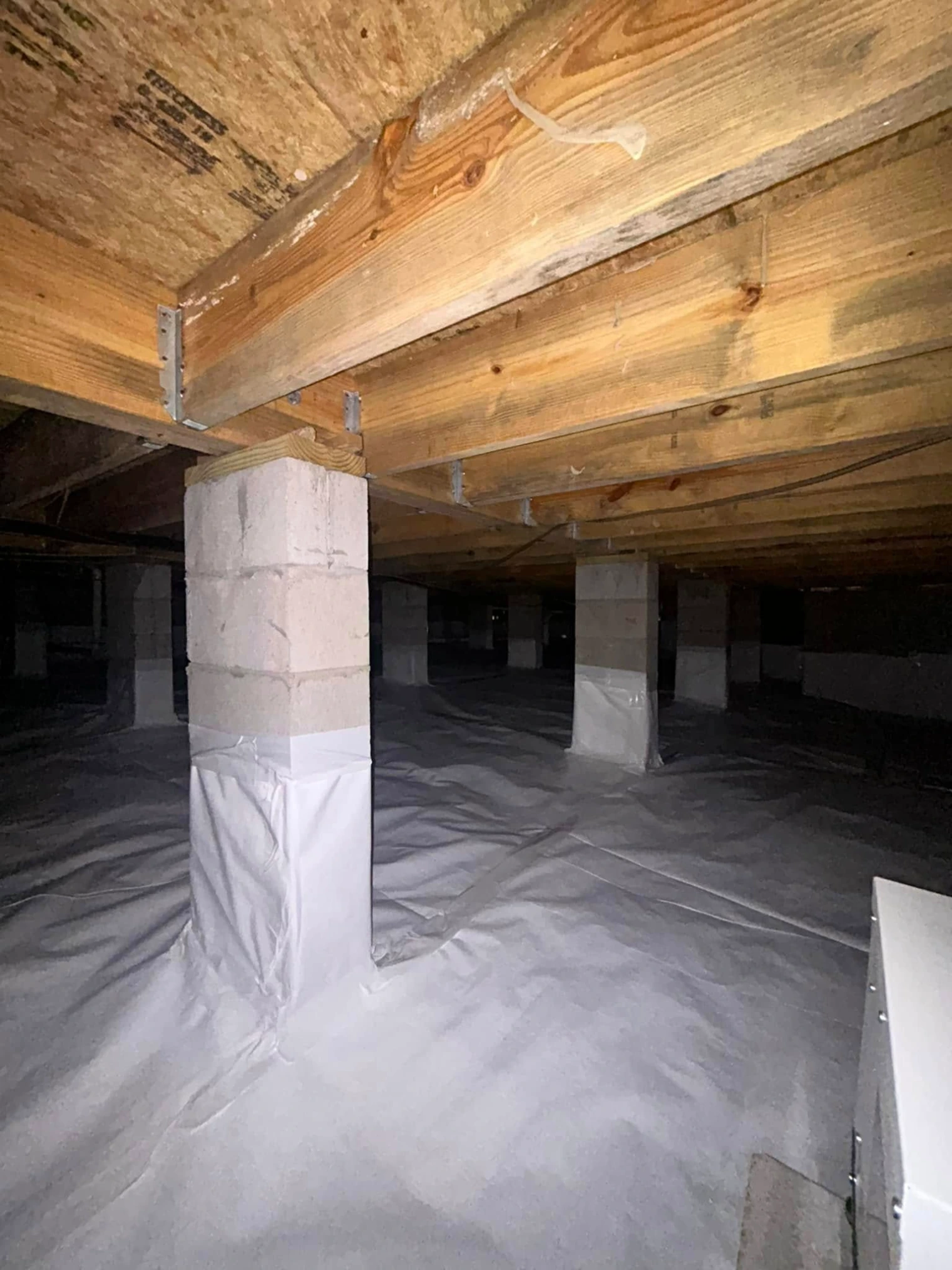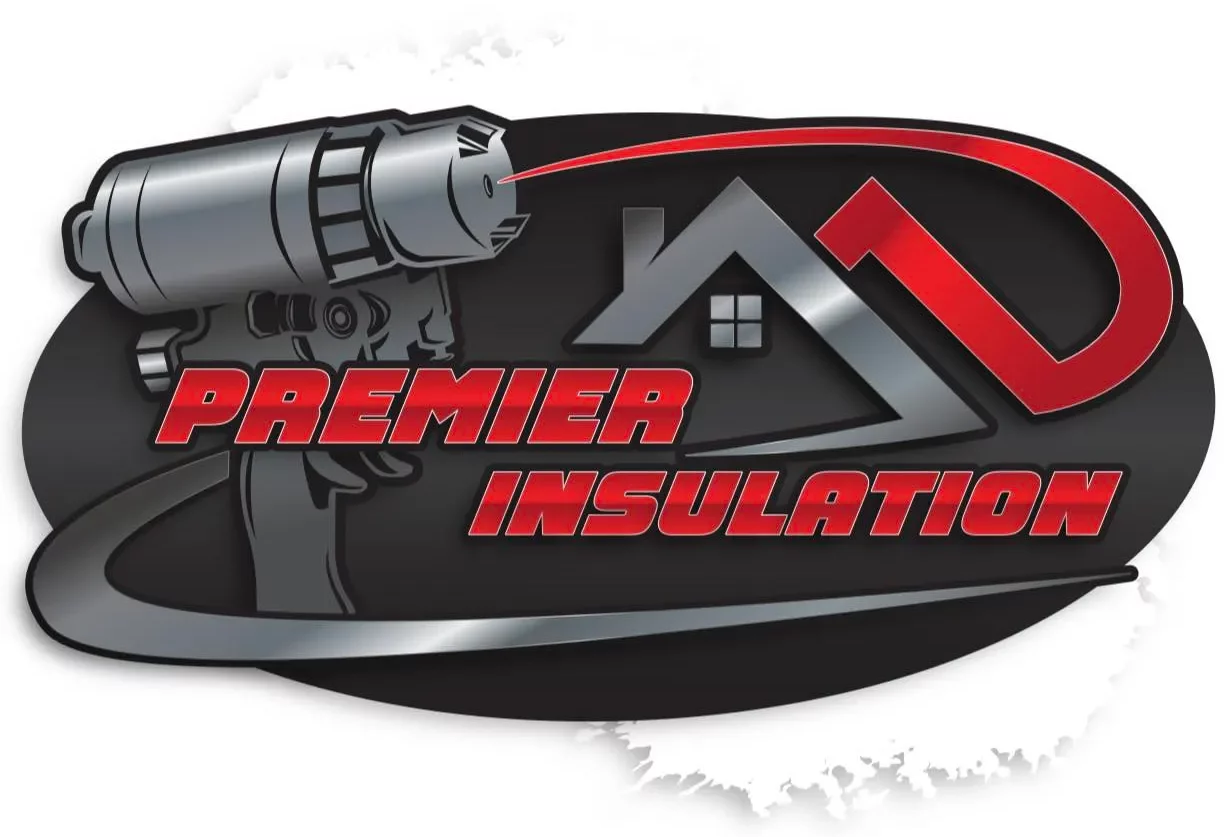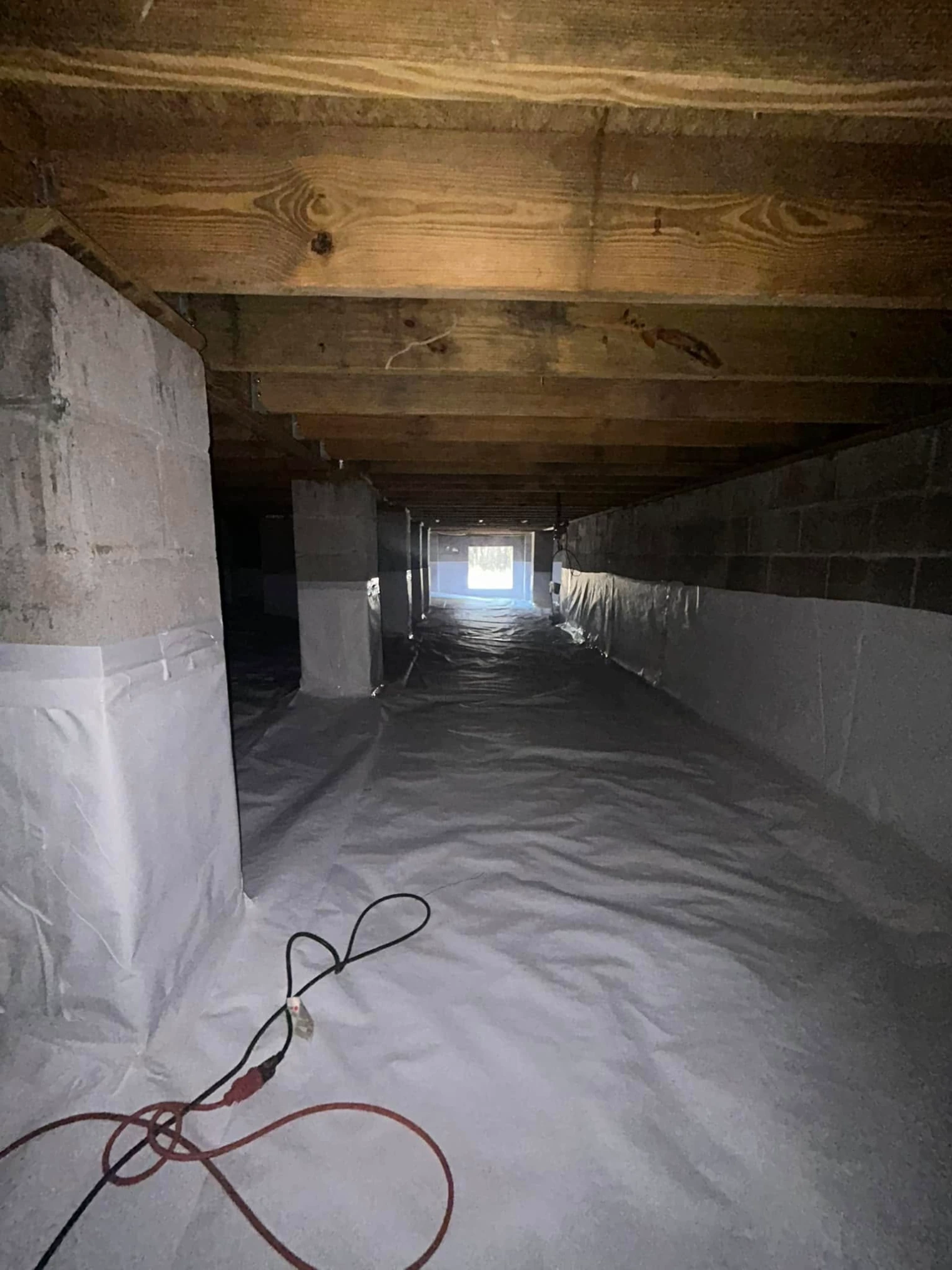Albany homeowners benefit from crawl space encapsulation through significant energy savings, improved indoor air quality, and enhanced structural protection. The process creates a moisture-controlled environment that eliminates humidity-related problems common in Southwest Georgia’s subtropical climate. Encapsulation reduces energy consumption by 15-25% while preventing mold growth, wood rot, and pest infiltration that frequently affect homes in the region.
The comprehensive moisture control system addresses Albany’s specific climate challenges, including high humidity levels that average 75-85% during summer months and clay soil conditions that retain moisture around foundations. Professional encapsulation establishes a controlled environment that maintains optimal humidity levels year-round, protecting both the home’s structure and occupant health. This article provides detailed insights into the practical benefits, technical specifications, and implementation considerations based on extensive experience with Albany’s unique environmental conditions.
Energy Efficiency Gains in Albany’s Climate
Albany’s hot, humid summers and mild winters create ideal conditions for energy waste through crawl space moisture infiltration. Encapsulation eliminates this inefficiency by creating a thermal boundary that prevents conditioned air loss and reduces HVAC workload. The Department of Energy reports that homes in humid climates like Albany can achieve 10-20% energy savings through proper crawl space moisture control.
The sealed environment prevents the stack effect that draws humid crawl space air into living areas, forcing air conditioning systems to work harder to maintain comfortable conditions. Encapsulated crawl spaces maintain temperatures within 10-15 degrees of indoor air temperature, compared to 20-30 degree variations in vented systems.
Bonus Tip: Install a programmable thermostat after encapsulation to maximize energy savings, as the improved efficiency allows for wider temperature ranges without comfort loss.
Crawl Space Moisture Control Methods Comparison
| Method | Humidity Control | Energy Impact | Maintenance Requirements | Longevity |
|---|---|---|---|---|
| Full Encapsulation | 95-99% effective | 15-25% energy reduction | Annual inspection | 15-20 years |
| Vapor Barrier Only | 60-70% effective | 5-10% energy reduction | Frequent repairs | 3-5 years |
| Mechanical Ventilation | 40-60% effective | 8-12% energy increase | Monthly maintenance | 8-10 years |
| Dehumidifier Alone | 70-80% effective | 10-15% energy increase | Weekly maintenance | 5-8 years |
Structural Protection Benefits
Encapsulation provides comprehensive structural protection against Albany’s environmental challenges. The region’s clay-rich soil expands and contracts with seasonal moisture changes, creating foundation stress that proper moisture control helps mitigate. The Georgia Department of Natural Resources identifies moisture-related wood decay as the leading cause of structural damage in Southwest Georgia homes.
The controlled environment prevents wood-destroying insects from accessing structural elements. Termites, carpenter ants, and other pests require moisture to establish colonies, making encapsulated crawl spaces inherently less attractive to these destructive organisms. The National Pest Management Association reports that moisture control reduces pest-related structural damage by 60-80% in humid climates.
Health and Indoor Air Quality Improvements
Crawl space encapsulation dramatically improves indoor air quality by eliminating the primary source of moisture-related contaminants. The American Lung Association identifies crawl space humidity as a major contributor to respiratory problems in humid climates like Albany. Encapsulation prevents mold spore circulation that commonly occurs when humid crawl space air infiltrates living spaces.
The controlled environment reduces allergen levels by preventing dust mite proliferation and eliminating conditions that support bacterial growth. Studies by the Environmental Protection Agency show that homes with encapsulated crawl spaces experience 40-60% fewer airborne contaminants compared to traditional vented systems.
Advanced filtration systems integrated with encapsulation provide additional air quality benefits. HEPA filtration removes particles as small as 0.3 microns, capturing allergens, mold spores, and other contaminants before they enter living areas.
Technical Specifications for Albany Conditions
| Component | Specification | Purpose | Performance Standard |
|---|---|---|---|
| Vapor Barrier | 6-mil polyethylene minimum | Ground moisture prevention | 99% vapor transmission reduction |
| Insulation | R-15 to R-19 foundation walls | Thermal control | Maintains 45-55% relative humidity |
| Dehumidifier | 70-110 pint capacity | Humidity regulation | Automatic operation 24/7 |
| Drainage System | Interior/exterior perimeter | Water management | Handles 2-inch rainfall events |
| Sealing Materials | Closed-cell spray foam | Air leak elimination | Complete infiltration prevention |
Foundation Drainage Considerations
Proper drainage management forms the foundation of effective crawl space encapsulation in Albany. The city’s clay soil presents unique challenges due to its low permeability and tendency to retain water around foundations. Effective encapsulation requires addressing both surface water management and subsurface moisture control.
French drain systems installed around the home’s perimeter redirect water away from foundation walls before it can penetrate the crawl space. Interior drainage systems handle groundwater that enters through foundation cracks or hydrostatic pressure. The Georgia Environmental Protection Division recommends comprehensive drainage solutions for homes built on clay soils.
Bonus Tip: Install gutters with extensions that direct water at least 6 feet from the foundation to prevent surface water accumulation that can overwhelm encapsulation systems.

Premier Insulation’s Comprehensive Crawl Space Solutions
Premier Insulation provides specialized encapsulation services designed specifically for Albany’s challenging climate conditions:
- Crawl Space Encapsulation: Complete moisture barrier installation with vapor-resistant materials and mechanical ventilation systems tailored to local conditions
- Crawl Space Mold Remediation: Professional mold removal and prevention treatments using EPA-approved methods and materials
- Dehumidifier Installation: Precisely sized humidity control systems with automatic drainage and remote monitoring capabilities
- Air-Sealing: Comprehensive sealing of all air leaks and thermal bypasses using advanced materials and techniques
Things to Consider Before Implementation
Several factors require careful evaluation before proceeding with crawl space encapsulation in Albany. Foundation condition assessment identifies structural issues that could compromise system effectiveness. Cracks, settling, or water infiltration problems must be addressed before encapsulation installation.
Existing mechanical systems may require modification to accommodate the sealed environment. Traditional return air grilles located in crawl spaces must be sealed and alternative ventilation strategies implemented. HVAC systems may need adjustment to maintain proper air circulation in the controlled environment.
Drainage adequacy around the home’s perimeter requires professional evaluation. Poor drainage can overwhelm even the most effective encapsulation system, leading to system failure and potential structural damage. Professional assessment identifies drainage improvements needed for long-term success.
Pre-Installation Inspection Checklist
Moisture source identification determines the extent of encapsulation required. Standing water, active leaks, or high humidity readings indicate specific problems that need addressing. Professional moisture testing establishes baseline conditions and identifies problem areas requiring special attention.
Structural integrity assessment ensures the crawl space can support encapsulation materials and equipment. Damaged floor joists, foundation walls, or support columns may require repair before installation. Professional evaluation identifies structural issues that could affect system performance.
Bonus Tip: Schedule encapsulation during Albany’s dry season (October through April) to ensure optimal installation conditions and immediate moisture control benefits.
Maximizing Long-Term Benefits
Proper maintenance ensures encapsulation systems continue providing optimal benefits throughout their lifespan. Regular inspections identify potential issues before they become serious problems. Annual professional assessments verify system integrity and performance.
Monitor humidity levels using digital hygrometers to ensure the system maintains target levels. Readings consistently above 55% indicate potential system issues requiring professional attention. Dehumidifier maintenance includes filter changes and drainage system cleaning to maintain optimal performance.
Secure Your Home’s Future
Crawl space moisture problems compound rapidly in Albany’s humid climate, making prompt action essential for protecting your investment and family’s health. Professional evaluation identifies specific moisture sources and determines the most effective encapsulation approach for your property’s unique conditions.
Premier Insulation brings extensive experience with Albany’s specific climate challenges and proven solutions that deliver lasting results. Contact Premier Insulation at premiereinsulationga@gmail.com or (229) 554-3939 to schedule a comprehensive crawl space evaluation and receive a detailed moisture control plan designed specifically for your home’s needs.
Long-Term Maintenance and Optimization
How often should encapsulated crawl spaces be inspected in Albany?
Annual inspections are recommended for Albany’s humid climate conditions. Professional inspections verify vapor barrier integrity, dehumidifier operation, and drainage system functionality. More frequent inspections may be necessary during the first year after installation.
What maintenance does the dehumidifier require?
Dehumidifiers require monthly filter changes and quarterly coil cleaning to maintain optimal performance. Drainage systems need periodic cleaning to prevent clogs that could cause system failure. Professional maintenance ensures reliable operation and extends equipment life.
Can encapsulation systems handle Albany’s severe weather events?
Properly installed encapsulation systems include provisions for extreme weather conditions. Drainage systems are sized to handle intense rainfall events while vapor barriers resist damage from minor flooding. Professional installation ensures systems can withstand Albany’s weather patterns.
How does encapsulation affect existing crawl space utilities?
Encapsulation improves utility access by creating a cleaner, drier environment for maintenance work. Electrical and plumbing systems benefit from the controlled environment that prevents corrosion and moisture damage. Access panels maintain system integrity while allowing necessary utility work.
What signs indicate encapsulation system problems?
Elevated humidity readings, musty odors, or visible moisture indicate potential system issues. Damaged vapor barriers, dehumidifier malfunctions, or drainage problems require immediate professional attention. Regular monitoring helps identify problems before they cause significant damage.


